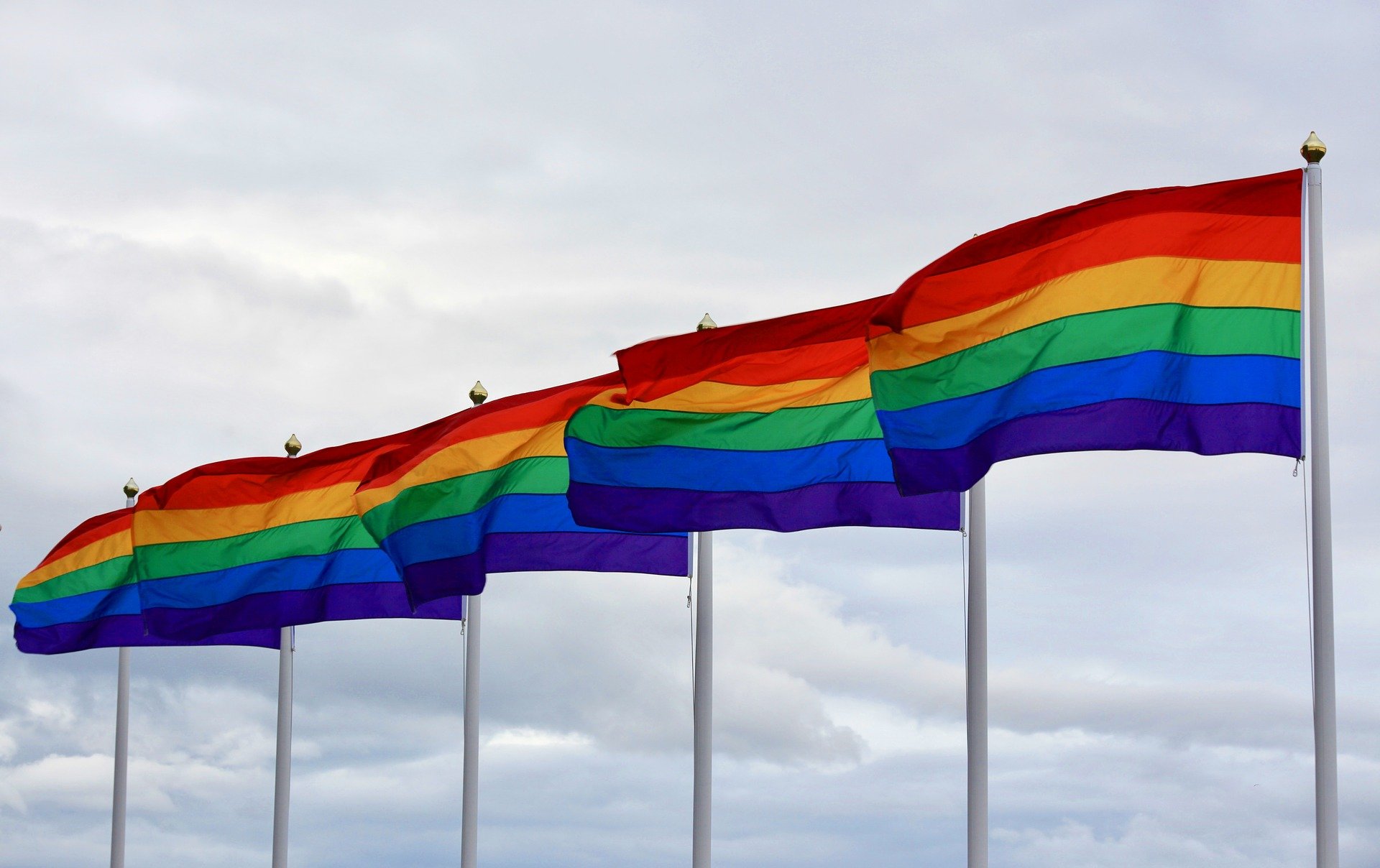
In an effort to ensure health equity, the Visiting Nurse Service of New York (VNSNY) has launched a new care delivery model geared toward self-identified members of the LGBTQ community.
“We listened to the community. They really wanted us to develop an LGBTQ+ program,” Arthur Fitting, LGBTQ+ program manager at VNSNY, told Home Health Care News. “And in doing so, we evolved into also being able to design this care type.”
Caring for more than 44,000 patients per day, the New York-based VNSNY is one of the largest not-for-profit home- and community-based health care organizations in the U.S. Its offerings include home health, hospice and palliative care services, in addition to mental health support and more.
The move to launch a dedicated care delivery model tailored toward the LGBTQ community is significant because of a documented history of discrimination that’s often built into long-term care and post-acute care alike.
Only 18% of long-term care operators, for instance, have an LGBTQ-inclusive non-discrimination policy, according to a recent report from the Human Rights Campaign and Services & Advocacy for LGBT Elders (SAGE). Yet more than 5% of people who live in long-term care communities are LGBTQ.
“Equitable and inclusive care in residential long-term care communities is vital for LGBTQ elders to thrive in their later years,” Michael Adams, CEO of SAGE, said in a statement. SAGE is a non-profit organization that is focused on LGBTQ aging.
While the report focuses on long-term care communities, it speaks to a larger opportunity for home-based care providers as well. SAGE estimates that the LGBTQ senior population is expected to grow to 7 million by 2030.
Dubbed “LGBTQ+ Care Type,” VNSNY’s model broadly helps designate which kinds of health care screening and education efforts should be utilized for the best results. In addition to providing information for the plan of care, the model enables clinicians and staff to collect and analyze data, as well as the outcomes.
Part of collecting data is taking into account the social factors that might impact a person’s overall health, Fitting explained.
“For instance, an LGBTQ person starts at one level on this intersection, then with an LGBTQ person of color, you add in another intersection. … We’re able to collect this data by working with the patient and collecting this history,” he said. “We are developing this real profile of who it is we’re taking care of in a very specific way. Someone may be living in poverty, may be living in a food desert — all these intersections have an impact on that person’s health.”
With this data, VNSNY has armed itself with the tools to provide evidence-based care, according to Fitting.
For the purposes of discharge planning, the program also allows VNSNY to ensure that patients are being matched with organizations that are LGBTQ-friendly.
“By having this program, they’re receiving care in a safer and more welcoming environment, which is important,” Fitting said.
VNSNY’s efforts didn’t happen in a vacuum. Instead, the nonprofit in-home care giant collaborated with several New York-based social services and community outreach organizations such as SAGE, GMHC and GRIOT Circle.
GMHC is a community-based AIDS service organization. GRIOT Circle offers member-centered programming for LGBTQ seniors.
Furthermore, this isn’t the first time VNSNY has worked to improve the quality of care for the LGBTQ community. Years ago, the company began providing training to employees in every part of our organization through SAGE’s cultural competency program “SAGECare.”
“SAGECare is one of the pioneers that has developed LGBTQ cultural competency trainings,” Fitting said. “That has helped give us a strong foundation to work from. It has helped our staff to really become open to the idea of cultural humility.”
While SAGECare lays the base for cultural sensitivity and competency, it is up to the individual organizations that have received the training to further develop and use the education to beef up their care delivery methods, Fitting said.
At VNSNY, this has also meant implementing a home health program designed for gender-affirmation surgery patients. The company launched the program with Mount Sinai’s Center for Transgender Medicine and Surgery in 2016.
While largely focused on sexual orientation and gender identity, the VNSNY program falls in line with providers that specialize in care that is meant to best fit the needs of their clients’ ethnic or cultural backgrounds. From a bottom-line perspective, launching service lines for large but hyper-targeted populations can increase consumer loyalty and boost organic growth.
Companies such as Circle of Life Home Care, for example, serve Native American communities, both on and off reservations across Minnesota, Montana, Colorado, Arizona, New Mexico, South Dakota and North Dakota. Meanwhile, Lombard, Illinois-based Sahara Home Care was originally formed to serve the South Asian and Middle Eastern communities.
On top of increased consumer loyalty and brand recognition, targeted care programs can also expand an organization’s total addressable market. LGBTQ-friendly in-home care providers have the potential to remove the fear of discrimination, which often leads to seniors delaying care or opting out of services entirely.
“As a patient, knowing that I’m being welcomed — and that I’m being asked for information that will provide better care for me, specifically — would make me feel more at ease and trusting,” Fitting said.

